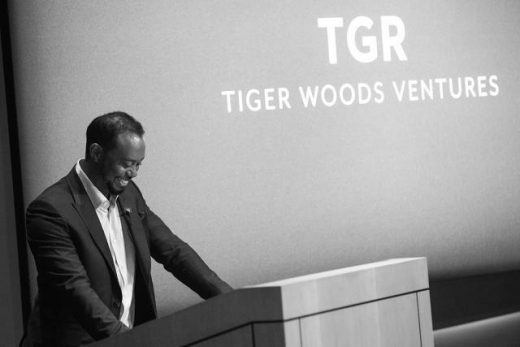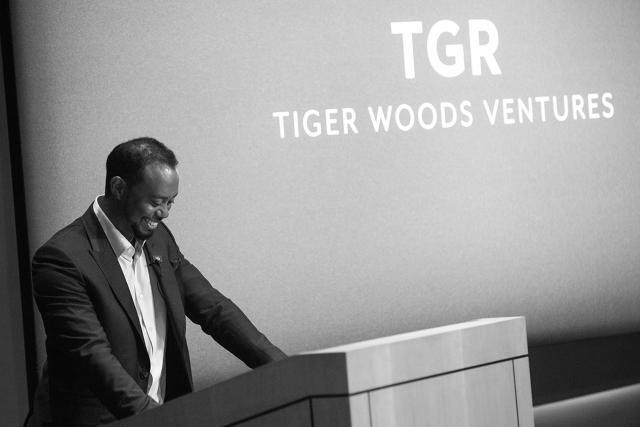Tiger Woods, Entrepreneur: Inside The Superstar’s New Startup, TGR
Tiger Woods was planning to make his highly-anticipated return to competitive golf this month, after a 14-month break to recover from a back injury. At the eleventh hour, he dropped out from last week’s Safeway Open, disappointing many of his fans. But it turns out he’s got something else teed up.
Today he is announcing the launch of TGR, a new company that will house a portfolio of Woods-related businesses. Woods will serve as chairman and plans to be closely involved in day-to-day decision-making. “There is so much excitement about the potential of TGR,” says Woods. “I’m excited to explore the possibilities in design, product development, hospitality, and possibly entertainment.” He is also unveiling his new logo, made up of three triangles that look like a tiger’s stripes and also resemble a W.
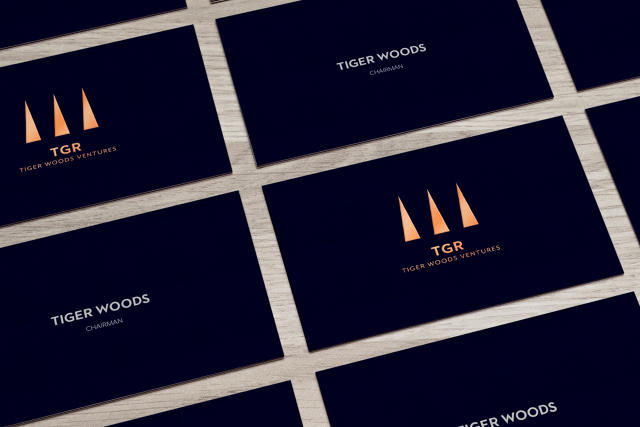
It’s a big move for the golf superstar, who is bringing all of his existing businesses under a single umbrella for the first time and will also pursue new endeavors under the TGR brand. The company gives Woods a unified corporate structure that will serve as a home base for all of his businesses moving forward. Woods is wagering that the move will help define his legacy and keep him in the game long after he’s done bringing home golf titles. TGR will now oversee TGR Live, his events company that organizes PGA TOUR tournaments; his The Woods restaurant, which opened last year (its name will stay the same); TGR Design, a golf-course firm he launched a decade ago; and his charity, the Tiger Woods Foundation, which is celebrating its 20th anniversary this month. Several new endeavors are set to be announced over the next few months.
Woods has been closely associated with Nike for the last 20 years, and that relationship will continue. But in August, Nike announced that it would no longer make golf equipment, including the clubs that Woods has used throughout his career. That vacuum is sure to prompt speculation about whether TGR will start making golf gear. While there are no specific plans for TGR to enter the equipment business, Jeff Kempler, COO of Sub Rosa, the corporate strategy and branding firm that Woods hired to help develop his new brand, says it’s a possibility at some point.
Though Woods’s overall brand has been tarnished by highly publicized personal-life scandals, TGR will give him a platform from which to launch the next stage of his career. He had been thinking about building this kind of umbrella operation for several years now, but only began nailing down the details last December, shortly after his 40th birthday. Woods and key executives from his existing businesses started strategizing ways to create a brand that would take advantage of his position as one of the world’s most recognizable athletes, but would not necessarily be directly tied to golf. They brought in Sub Rosa to help define what TGR would stand for and how it could scale across a wide range of industries. “If chapter one began when he was first on national television playing golf, now it’s Tiger, the enterprise or Tiger, the portfolio activator,” says Kempler. “He has a really clear mind-set about what his personal brand means.”
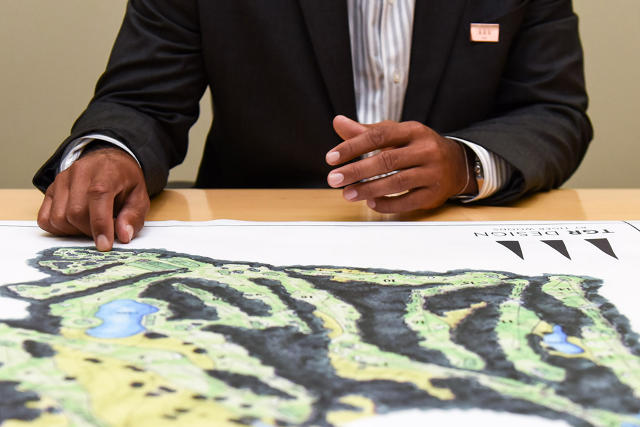
The first step was to identify some central themes from throughout Woods’s career. “We knew that there was connectivity,” says Emily Taylor, a VP at the Tiger Woods Foundation who has been working with Woods for 14 years and was integral to TGR’s brand-development process. They ultimately came up with three qualities that they believe Woods is known for: precision, the ability to master a wide array of skills, and determination. “It goes all the way back to how I was raised,” says Woods in an exclusive email interview with Fast Company. “In the military, they have a saying, ‘Train hard, fight easy.’ You’re going to master your craft if you approach the mind-set and method properly.”
Sub Rosa was tasked with incorporating these ideas into the TGR narrative, so that as the brand scaled and entered new markets, it would be instantly identifiable as an extension of Woods. But they also wanted to create a business that could exist apart from its namesake, like, say, Paul Newman’s food empire. “How can Tiger’s global fame and recognizability both empower the new brand, but not create a dependency that would undo longevity?” says Kempler, describing the kinds of conversations he’s had with Woods.
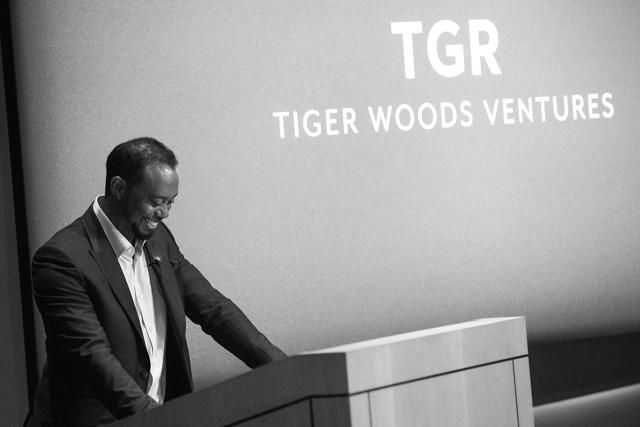
Now that TGR has launched, the team is considering where to go next. One candidate for growth is The Woods, the restaurant that Woods opened last August near his home in Jupiter, Florida. “The [concept] is already in demand in several cities,” Woods says. “We are evaluating which ones [would] make sense if we expand.” There’s also potential to grow Woods’s 10-year-old golf-course-design company, which is now called TGR Design. Woods has designed courses in two locations—Cabo San Lucas, Mexico, and Montgomery, Texas—and has projects beginning construction in the UAE, Mexico, and China. “We are also looking at a couple of new opportunities in and around the U.S.,” Woods says.
Of course, Woods could, at the age of 40, still have many years ahead of him as a competitive golfer. Given his famously intense training regimen and diverse business interests, how will he manage everything? “I pride myself on being efficient,” he says. “I also don’t sleep much.”
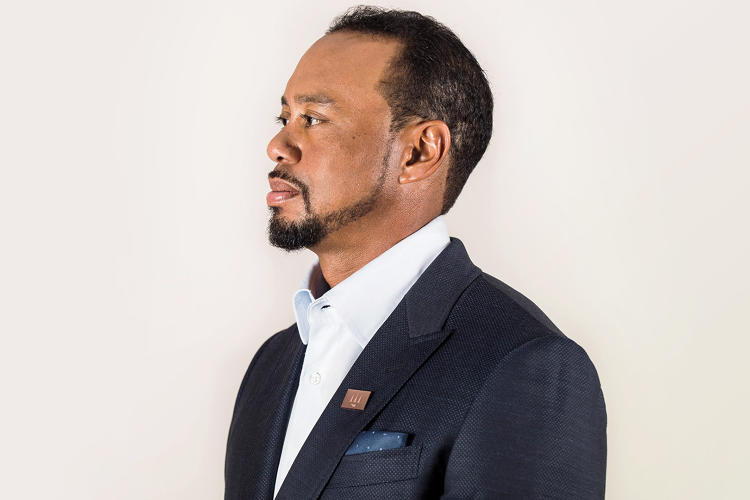




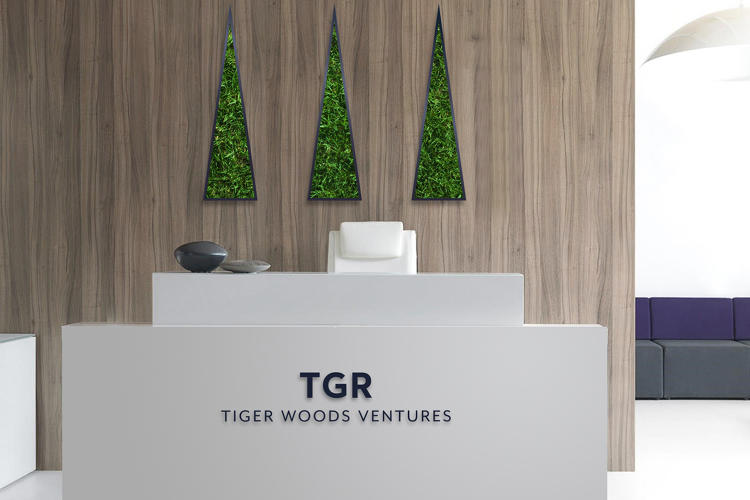


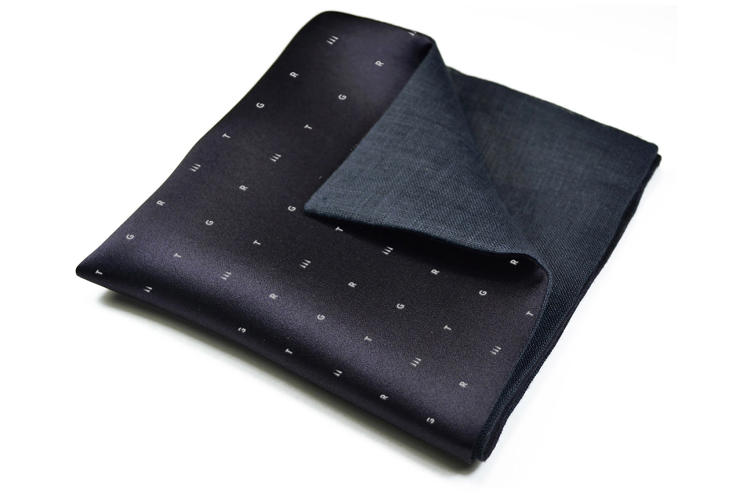

Fast Company , Read Full Story
(99)

